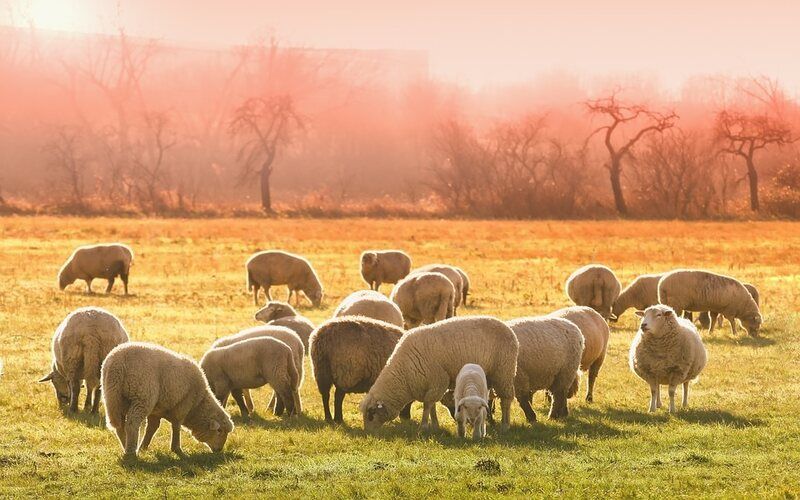The number of sheep in New Zealand has decreased to an anti-record
Sourse: rosng
At the end of June last year, the number of sheep in New Zealand decreased to an anti–record in recent decades - 24.36 million heads.

Compared to last year, this is 3.1 percent less. The number of cattle (cattle) of dairy and meat productivity decreased by one and four percent, respectively. However, exact figures are not given for them. In 2022, there is a decrease in the indicator for sheep per capita for the first time since the beginning of observations (1850) – from 5 to 4.4. The organization also provided data for the last decade. Since that time, the number of sheep has decreased by 21% or more than 6.4 million heads, beef cattle – by 4.4 or 167 thousand, and dairy cattle – by only 0.8 to almost 5.89 million, respectively. It is also noted that the longest period of decline in the number of cattle was seven years. During this time, it has decreased by 735 thousand heads, or 11.1 percent.
The expert responsible for the statistics of the environment and agriculture of the country, Stuart Jones, who is also quoted by IMIT, explained the reduction in livestock by the restoration of forests by the authorities. According to him, because of this, they are reducing the area of pastures. Jones also provided specific figures. From 2011 to last year alone, New Zealand lost 942 thousand hectares, or 12 percent of the total area. The number of sheep and beef cattle has decreased by 22 and five percent since that time. At the same time, the area of forests with pines and non-native trees increased by 11 percent or 179 thousand hectares.
The agency also reports that the local association of beef and lamb producers has been complaining about this problem for a long time. At the same time, they add, some plots or entire farms are even sold for these purposes.
The expert responsible for the statistics of the environment and agriculture of the country, Stuart Jones, who is also quoted by IMIT, explained the reduction in livestock by the restoration of forests by the authorities. According to him, because of this, they are reducing the area of pastures. Jones also provided specific figures. From 2011 to last year alone, New Zealand lost 942 thousand hectares, or 12 percent of the total area. The number of sheep and beef cattle has decreased by 22 and five percent since that time. At the same time, the area of forests with pines and non-native trees increased by 11 percent or 179 thousand hectares.
The agency also reports that the local association of beef and lamb producers has been complaining about this problem for a long time. At the same time, they add, some plots or entire farms are even sold for these purposes.











